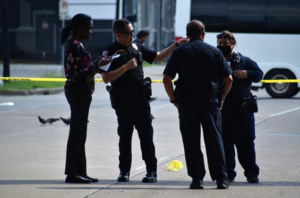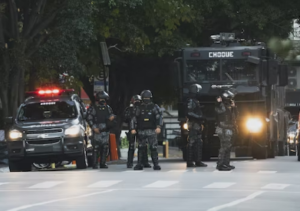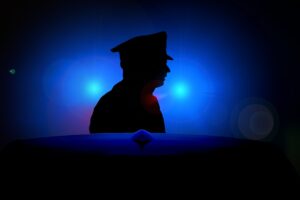During World War I, German pilot Oswald Boelke realized “the importance of gaining an awareness of the enemy before the enemy gained a similar awareness, and devised methods for accomplishing this.1” During the war, Boelke authored the first German manual on aerial tactics and recorded 40 aerial victories. Much of his success has been attributed to his ability to maintain situational awareness. The importance is situational awareness is not constrained to aerial warfare. Research further suggests that people who have lost situational awareness may be slower to detect problems with the system they are controlling and require additional time to diagnose problems.
For police leaders, the concept of situational awareness appears obvious. During a crisis, we must maintain situational awareness to ensure we can think clearly, identify problems, and make correct critical decisions, all while understanding the entire scope of an incident2. Failure to do so can have disastrous results. Here are a few methods to ensure we are maintaining situational awareness during a crisis:
Active Listening: In the realm of law enforcement, mastering the art of active listening proves pivotal in enhancing situational awareness. For police supervisors, this skill is crucial when interacting with a range of individuals, including witnesses, victims, and fellow first responders. By concentrating on the communicated information and asking clarifying questions, law enforcement professionals can extract vital details that might otherwise be overlooked. In the midst of fast-paced and unpredictable situations, active listening acts as a conduit for obtaining accurate and timely information, laying the groundwork for effective decision-making.
Collaboration can improve situational awareness: The value of collaboration in augmenting situational awareness within law enforcement cannot be overstated. By fostering collaboration, law enforcement gains access to a multitude of viewpoints and sources of information, enriching their understanding of complex situations. Interactions with other agencies, whether at the local, state, or federal level, bring in specialized knowledge and resources that can significantly enhance the overall situational awareness. Recognizing that no single person possesses all the answers, the collaborative approach becomes essential during high-stakes situations.
Slow down (when time allows): The significance of police supervisors exercising restraint and avoiding impulsive decision-making in critical situations cannot be overstated. In the high-stakes realm of law enforcement, where split-second choices can have profound consequences, the imperative for leaders to slow down and best understand the situation is paramount. Taking the time to assess and comprehend the complexity of a situation allows for a more comprehensive understanding of the variables at play. This deliberate approach not only minimizes the risk of errors but also ensures that decisions are informed, measured, and aligned with established protocols.
Stay focused and alert: For police supervisors during a critical incident, the imperative to stay focused and alert takes on an even greater significance. As leaders overseeing the response to high-pressure situations, they serve as linchpins in orchestrating a coordinated and effective resolution. Maintaining an unwavering focus involves not only a keen awareness of the unfolding events but also a strategic grasp of the larger tactical picture. Supervisors must be attuned to changes in the situation, adapting their strategies in real time as needed. This requires a disciplined avoidance of distractions, a commitment to clear communication, and a steadfast dedication to the safety of both officers and the public. The role demands a holistic understanding of the crisis, encompassing not just the immediate details but also the potential ripple effects and long-term implications.
Collaboration can improve situational awareness: The value of collaboration in augmenting situational awareness within law enforcement cannot be overstated. By fostering collaboration, law enforcement gains access to a multitude of viewpoints and sources of information, enriching their understanding of complex situations. Interactions with other agencies, whether at the local, state, or federal level, bring in specialized knowledge and resources that can significantly enhance the overall situational awareness. Recognizing that no single person possesses all the answers, the collaborative approach becomes essential during high-stakes situations.
Use technology: Embracing technology is crucial for improving situational awareness in modern law enforcement. Surveillance cameras and drones offer real-time insights, covering urban areas and challenging terrains. This technology-driven approach empowers police to make informed decisions efficiently, transcending human limitations and enhancing overall response effectiveness for the safety of officers and the community.
References:
1Endsley, M. (1988). Design and Evaluation for Situation Awareness Enhancement. Proceedings of the Human Factors Society Annual Meeting, 32(2), 97-101.
2Endsley, M. R. & Kiris, E.O. 1995 The Out of the Loop Performance Problem and Level of Control in Automation. Hum Factors, 37 (2) 381-394


